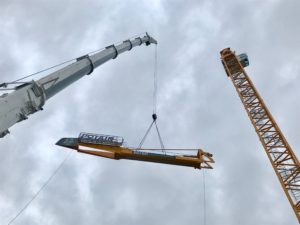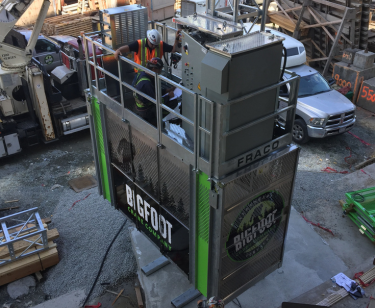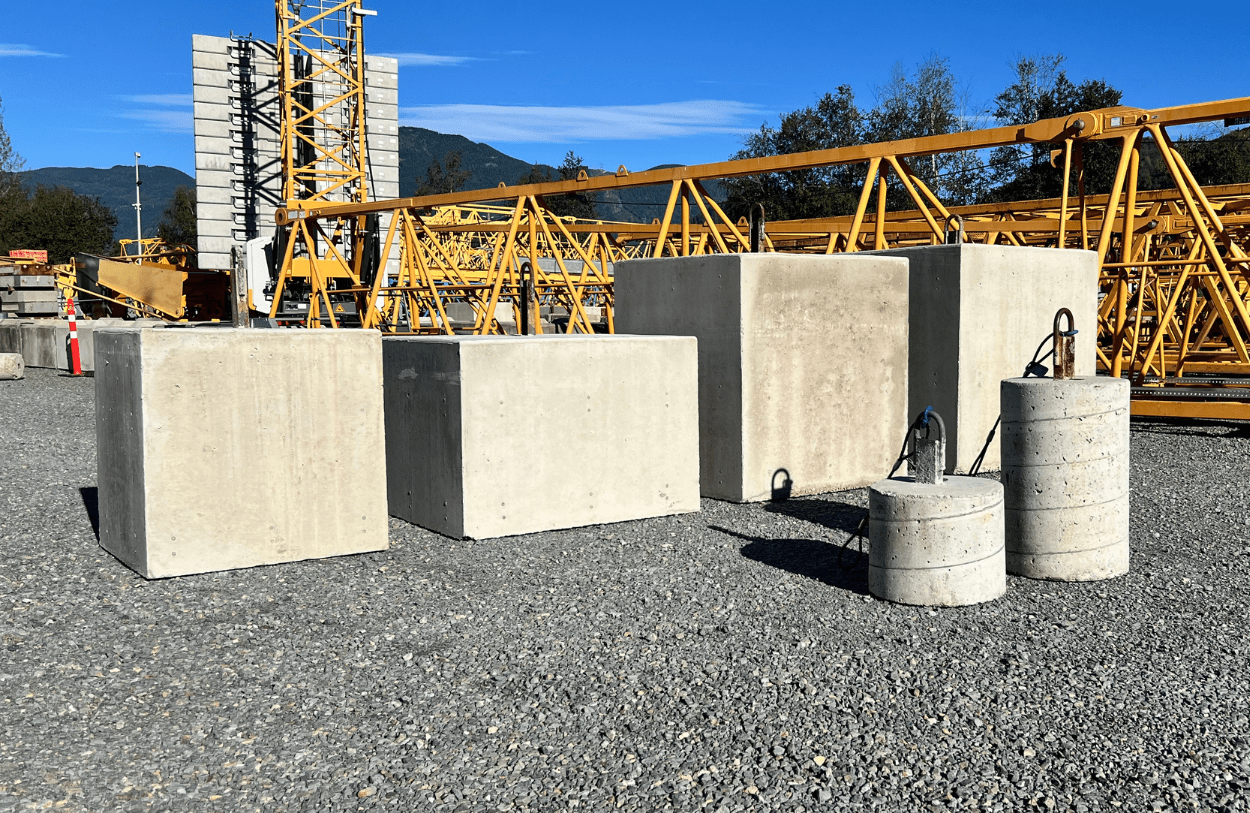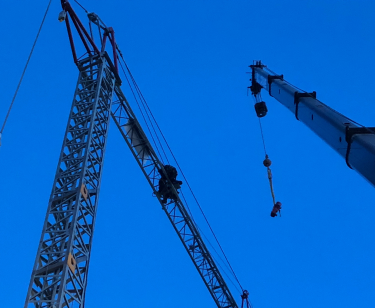Understanding the Importance of Pre-lift Planning
Pre-lift planning is not just a precaution; it’s a pivotal process that ensures all potential risks are assessed and mitigated before a crane ever lifts a load. This stage of the project influences everything from crane selection and setup to successful execution and the safety of all personnel involved.
1. Project Assessment and Crane Selection
Before a crane is selected, a thorough site inspection should be conducted. This includes evaluating the ground conditions, identifying any overhead hazards such as power lines, and assessing the site’s accessibility for crane delivery and setup.
Based on the site assessment and the project’s requirements, select a crane that matches the lifting capacity needs, height requirements, and is suitable for the space constraints of the construction site. Bigfoot Crane Company often assists in this phase by providing expert consultations to match their fleet to specific project demands.
2. Detailed Lift Planning
Develop a detailed lift plan that includes the weight of the load, the radius of the lift, rigging equipment, and the path of the lift. This plan should be reviewed and approved by a certified lift director or engineer.
Utilize modern simulation tools to visualize and plan the lift in a virtual environment. This can help identify potential issues before they occur on the actual site.
3. Team Coordination and Communication
Clearly define and communicate the roles and responsibilities of all team members involved in the lifting operations, from the crane operator to the ground personnel and signal persons.
Hold a pre-lift meeting with all involved personnel to review the lift plan, discuss any concerns, and ensure everyone understands their roles and the safety procedures.
4. Safety Protocols and Compliance
Ensure that all lifting operations comply with WorkSafe BC and BC Crane Safety regulations . This includes having the proper permits and ensuring that all crane operators are certified.
Verify that all safety equipment is in place and in good working order. This includes personal protective equipment for all workers, as well as crane safety features like load indicators.
5. Rigging and Load Management
Rigging equipment should be inspected prior to use to ensure it is not damaged or worn. This includes slings, chains, hooks, and other accessories.
Securely attach the load using the appropriate rigging techniques. Ensure that the load is balanced and that the rigging is configured to maintain control of the load at all times.
6. Environmental Considerations
Keep a close eye on weather conditions leading up to and during the lift. High winds, rain, or lightning can pose significant risks during crane operations.Utilizing wireless wind anemometers can provide real-time data directly to the crane operator or project management team, enhancing the ability to make informed decisions quickly in changing weather conditions. Learn more about wireless wind anemometers at shop.bigfootcrane.com
Plan the lift to minimize the environmental impact. This includes avoiding disruption to local wildlife and adhering to any environmental regulations specific to the site.
7. Emergency Preparedness
Have a clear, well-communicated emergency response plan in place. This should include procedures for dealing with equipment failures, medical emergencies, and other unforeseen incidents.
Specifically for crane operations, have a rescue plan in place for retrieving personnel from height in the event of an incident.
Conclusion
Pre-lift planning is an essential part of tower crane rental processes, directly impacting the safety and success of construction projects. By following these best practices, construction firms can ensure that their projects not only meet but exceed the required safety standards. Bigfoot Crane Company is a leader in providing expertise and support in this critical area, ensuring that every lift is planned with precision and executed with safety as the priority.






